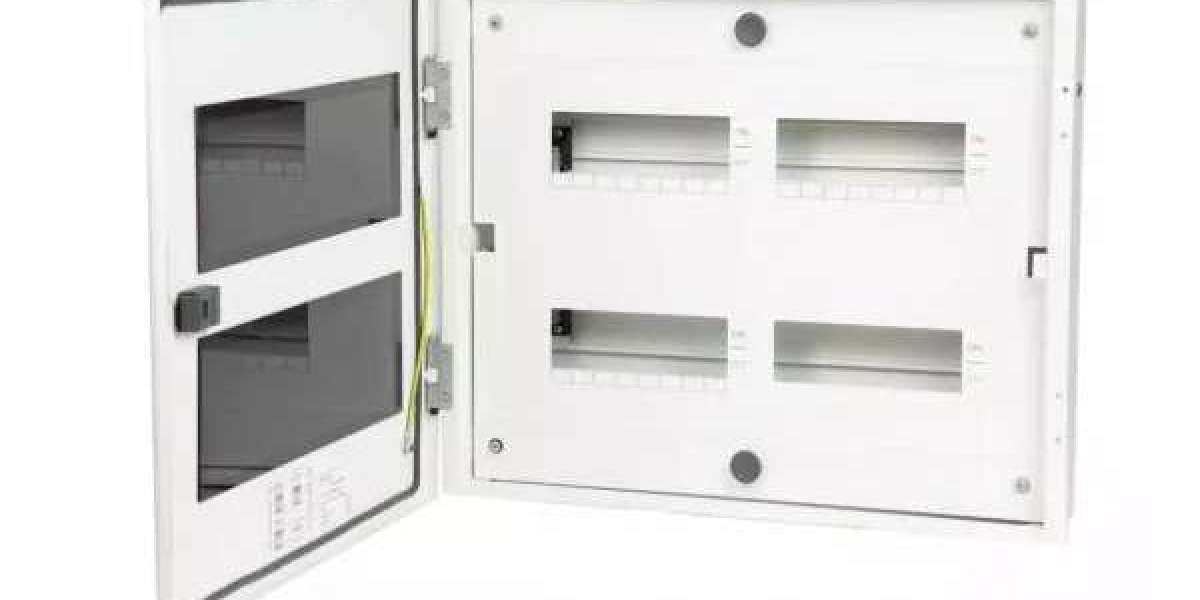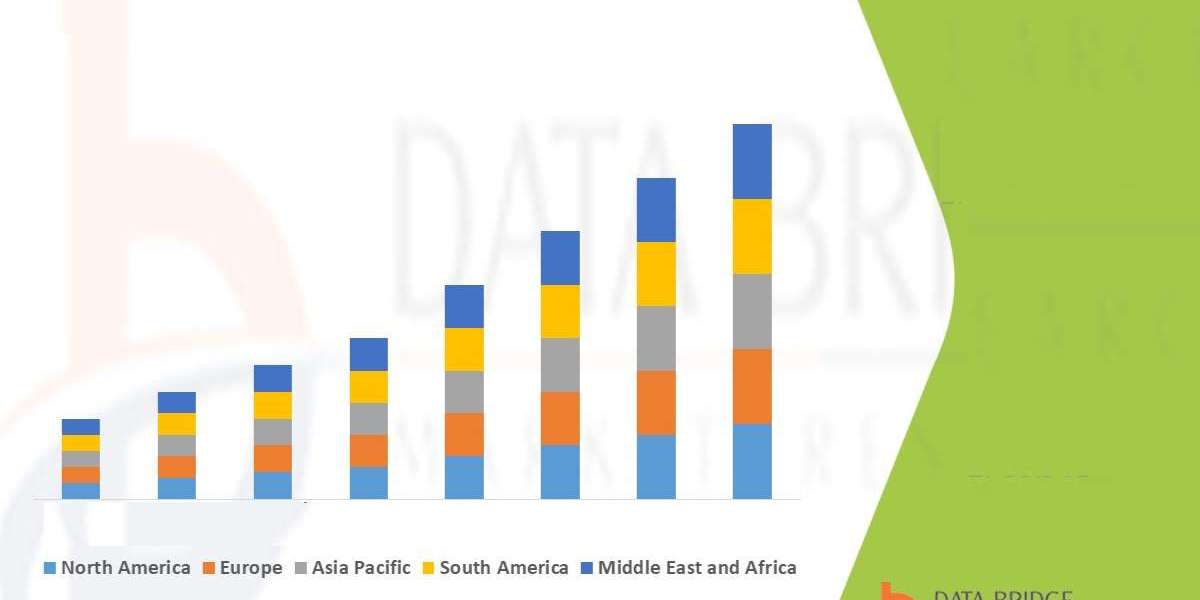In the field of electrical systems, the power panel board stands as a fundamental component, serving as the nerve center for distributing electricity throughout a building or facility. Within this critical infrastructure, the miniature circuit breaker (MCB) panel board plays a pivotal role, ensuring the safety and functionality of electrical networks. From residential settings to industrial complexes, understanding the significance and applications of these essential components is paramount.
Defining Power Panel Board and MCB Panel Board
Before diving into their applications, it's essential to grasp the fundamentals of power panel boards and MCB panel boards.
A power panel board, often referred to simply as a distribution board or breaker panel, is a centralized hub where electrical circuits are divided, controlled, and distributed. It typically consists of multiple circuit breakers, switches, and other protective devices designed to regulate the flow of electricity to various circuits and appliances within a building.
On the other hand, an MCB panel board specifically incorporates miniature circuit breakers as its primary protective devices. Miniature circuit breakers are automatic electrical switches that interrupt the flow of current in the event of an overload or short circuit, thus safeguarding the electrical system from damage and preventing hazards such as fires and electrical shocks.
Residential Applications
In residential settings, power panel boards are ubiquitous, discreetly installed in basements, utility rooms, or garages. These panels serve as the distribution point for electricity entering a home from the main power supply. Within the panel, circuit breakers or MCBs are installed to protect individual circuits, such as those powering lights, outlets, kitchen appliances, and HVAC systems. The use of MCBs ensures that in case of an electrical fault, only the affected circuit is shut off, minimizing disruption to the rest of the household.
Moreover, with the increasing integration of smart home technologies and renewable energy sources like solar panels, modern power panel boards are evolving to accommodate these advancements. Smart meters, energy monitoring systems, and solar inverters are now integrated into residential panel boards, enabling homeowners to monitor their energy consumption, optimize efficiency, and even sell surplus energy back to the grid.
Commercial and Industrial Applications
In commercial and industrial settings, power panel boards play an even more critical role due to the higher electrical demands and complexities involved. Large-scale manufacturing plants, office buildings, hospitals, and data centers rely on robust distribution systems to power machinery, lighting, HVAC systems, and computer networks.
MCB panel boards are particularly favored in these environments for their compact size, precise protection capabilities, and ease of installation. They offer flexibility in circuit configuration, allowing for efficient management of power distribution within large facilities with diverse electrical loads. Additionally, MCBs provide quick and reliable protection against electrical faults, minimizing downtime and ensuring operational continuity in industrial processes where reliability is paramount.
Specialized Applications
Beyond traditional residential, commercial, and industrial settings, power panel boards find applications in various specialized environments. In critical infrastructure such as airports, seaports, and telecommunications facilities, where uninterrupted power supply is essential, sophisticated power distribution systems with redundant backup mechanisms are deployed to ensure resilience against power outages and emergencies.
In hazardous environments like petrochemical plants and mining operations, power panel boards must comply with stringent safety standards to mitigate the risk of explosions or fires caused by electrical faults. Explosion-proof enclosures, intrinsically safe circuit breakers, and arc flash mitigation techniques are employed to safeguard personnel and assets in these high-risk environments.
Emerging Technologies and Smart Grid Integration
The advent of smart grid technologies is revolutionizing the way power panel boards are designed and utilized. Smart meters, sensors, and advanced communication networks enable real-time monitoring and control of electricity consumption, allowing for optimized energy management and load balancing. Power panel boards equipped with smart grid capabilities can automatically adjust electricity distribution based on demand, voltage levels, and pricing signals, improving efficiency and reliability while reducing operational costs.
Moreover, as electric vehicles (EVs) become increasingly prevalent, power panel boards are being upgraded to support EV charging infrastructure. Public charging stations, workplace charging facilities, and residential EV chargers are integrated into power distribution systems through dedicated panel boards equipped with charging controllers and monitoring devices. This integration promotes the adoption of electric vehicles, reduces dependence on fossil fuels, and supports the transition towards a cleaner, more sustainable transportation ecosystem.
In Conclusion
The power panel board, with its core component, the MCB panel board, serves as the backbone of electrical distribution systems across a diverse range of applications. From residential homes to sprawling industrial complexes, these essential components ensure the safe and efficient delivery of electricity to power our modern world. As technology advances and energy needs evolve, the role of power panel boards will continue to adapt, playing a vital role in shaping the future of electrical infrastructure. Understanding their applications and importance is crucial for ensuring the reliability, safety, and sustainability of our built environment.


